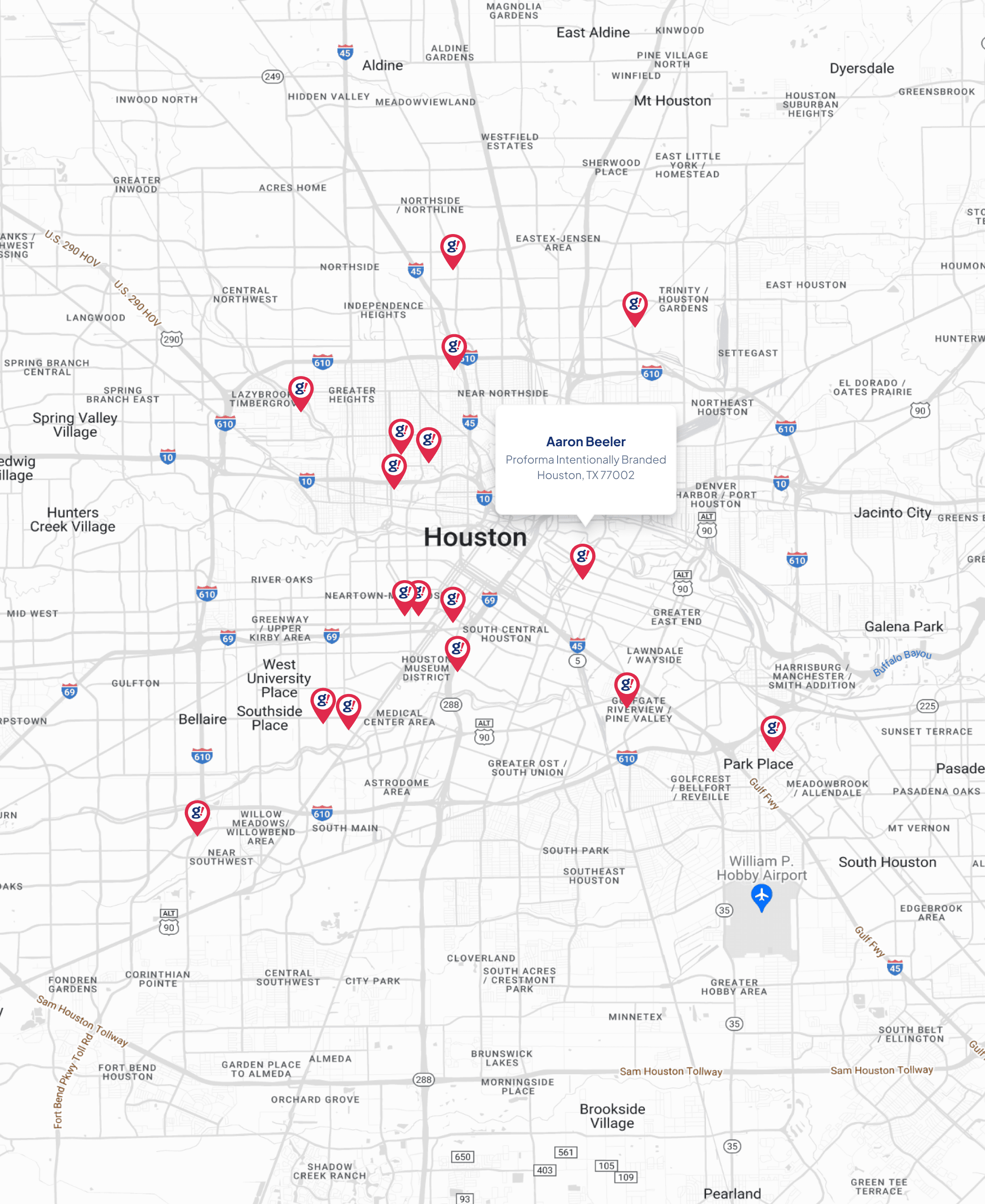Want to Boost Email Conversions? Use Personalization and Automation
- Updated on: 2017-12-31
- Read original article here

205 billion. That’s how many emails are sent and received every day. And according toRadicati, that “figure is expected to grow at an average annual rate of 3% over the next four years, reaching over 246 billion by the end of 2019.” The average person receives a whopping 121 emails daily.
As a marketer, how can you get through all of that noise and remain competitive? The answer could be by using two different features within email: personalization and automation.
High volume email marketing? We’ll work with you to develop high performing campaigns that deliver. Click here to contact our High Volume Sending Specialists.
In its simplest explanation, email personalization is a marketing strategy that uses customer data you already have in order to create targeted emails. Personalization fields in email marketing are there to create the illusion of a personal conversation and to create those sought-after connections. The ability to call your contact by name, greet them with a personal greeting, or introduce tailored content is key in targeted marketing.
Email marketing personalization means a lot more than simply addressing a recipient by name in the subject line. The best examples of email marketing personalization highlight that the sender has taken time to get to know their list beyond mail merging the ‘name’ field on a spreadsheet.
Studiesshow that personalized emails have 2.5 times higher click-through rates, and are 6 times more likely to drive a conversion. Furthermore,73% of consumersreport that they would prefer to do business with brands that use personal information to make their shopping experience more relevant.
The best way to get started with personalization is to usecustom fields and segmentationso you can send emails to your contacts by demographics, purchase type, general interests, and important dates, like a birthday, anniversary, or renewal deadline. By segmenting lists, you can then send the right messages to the right customers. For example, if you work with a university, you could send a welcome email to incoming freshmen by location, with directions on how to get to the campus. If you’re a small business owner, you could send your customers a festive email with a coupon on their birthdays.
Marketing automation is software that automatically sends campaigns to both customers and prospects so you cancommunicate with the right person at the right timewithout having to keep tabs on subscribers one by one.When you use automation, you can schedule a comprehensive campaign from start to finish: landing pages, email,andsocial media amplification.
You can create workflows that automatically move prospects efficiently through the marketing funnel. You can make decisions based on data, date, or action triggers within the workflow. You can also look at funnel reports and robust tracking information to make adjustments to campaigns in a very nimble, real-time way. With the knowledge gained from this data, you can score your leads and identify the best and the hottest ones to pass on to your sales team for extra attention.
For more information, download our free guide “What is Marketing Automation?”
Informational services group,Experian, found thatautomated transactional emails have eight times more opens and clicks than any other type of email — and they can generate six times more revenue.
Setting up this type of automated messaging involves:
So, you understand the basics of automation, but just how do personalization and automation increase all-important conversions? Here are just a few ways.
A one-size-fits-all approach is one of the easiest ways tokill email conversions. Subscribers can get turned off by too many choices. And readers don’t want to receive emails that are not relevant to them or enhance their lives in some way. Contacts want to feel like a business or organization is making an effort to know them. For example, if a male customer purchased a pair of jeans, send him a future discount on that style or update him on new jean arrivals. He probably isn’t interested in your selection of children’s clothing — unless he filled out that field.
The same is true for other organizations like nonprofits and colleges. If you just received a donation, send a supporter a thank-you email and don’t bombard them with another immediate request for money. Send them information about events and happenings and make them feel like the valued supporter that they are, but wait until the appropriate time, such as during the holidays or homecoming, to encourage their generosity once more.
The more relevant your emails, the better your chances of increasing conversions or sales. In fact,70% to 94% of marketers have seen an increase in effectiveness of key metricsby employing personalization techniques.
Personalization and automation convey the feeling that an email was created and sent specifically for that person — and who doesn’t like to feel special? Better yet? Attach a coupon for a product they’re interested in; it’s one of the most effective ways to build a long-lasting relationship.
To recap, here’s a checklist you can use to make sure you’re doing personalization and automation correctly:
Have you tried personalization and automation? What were the results?



